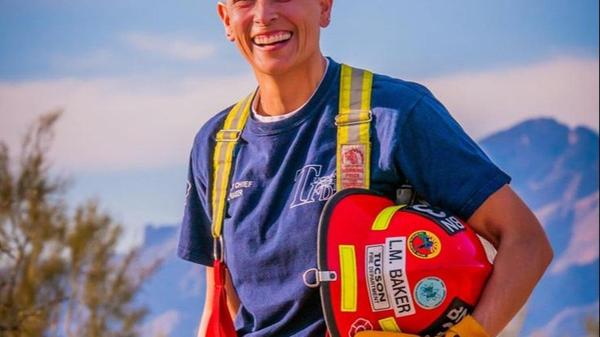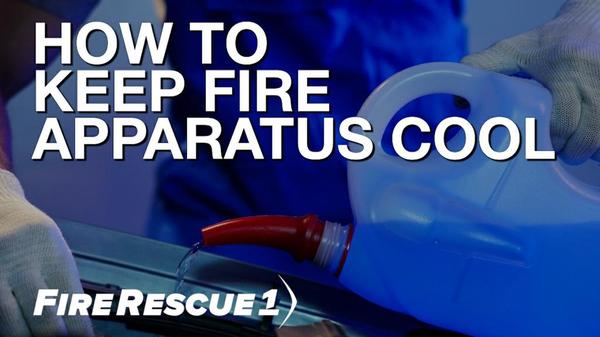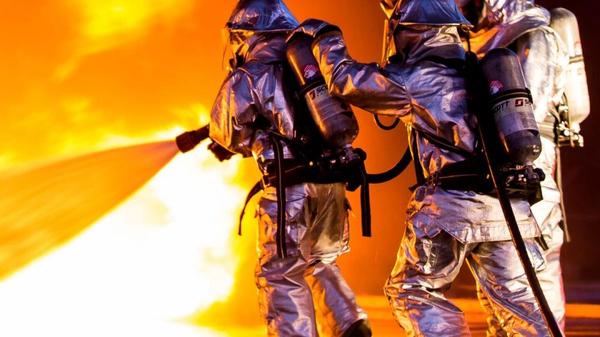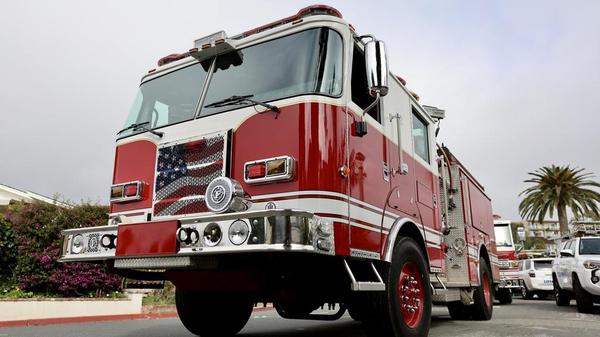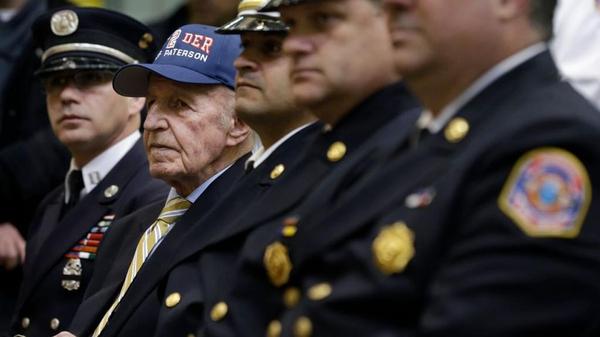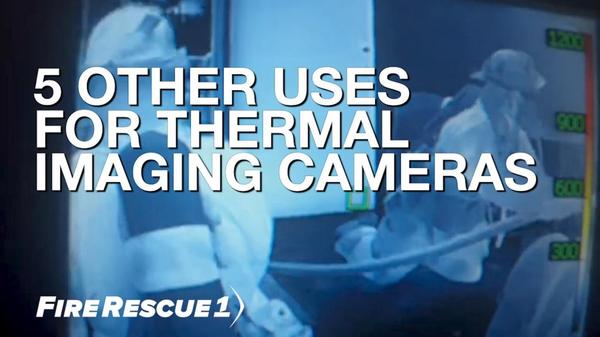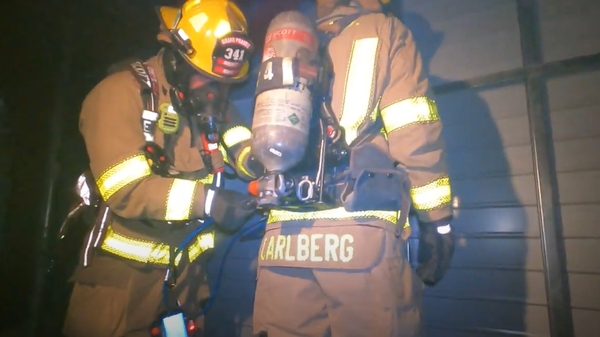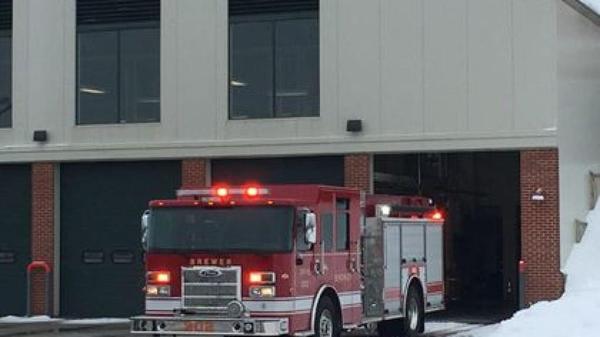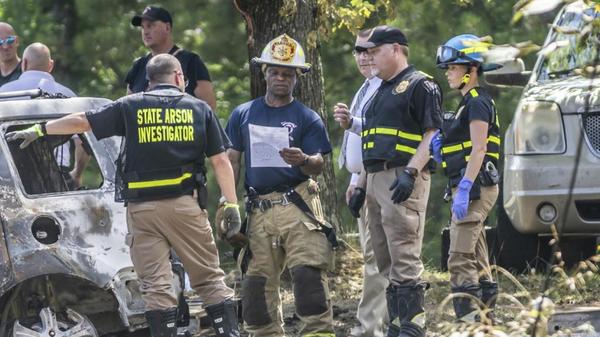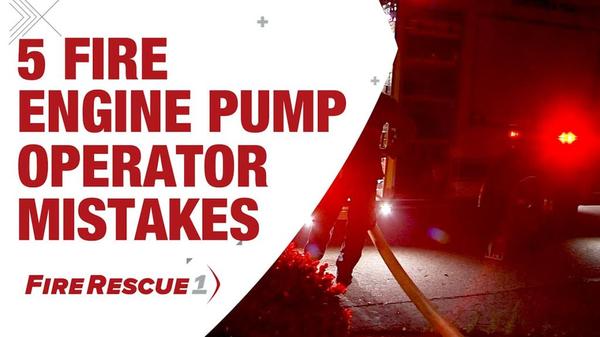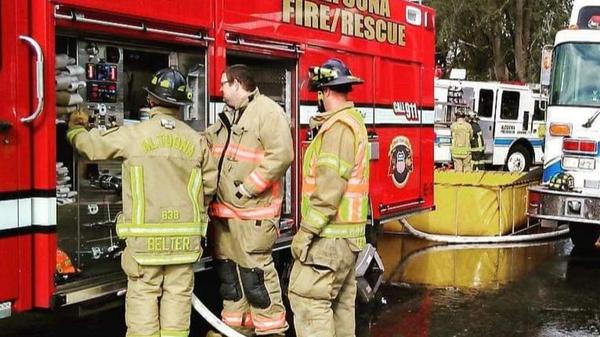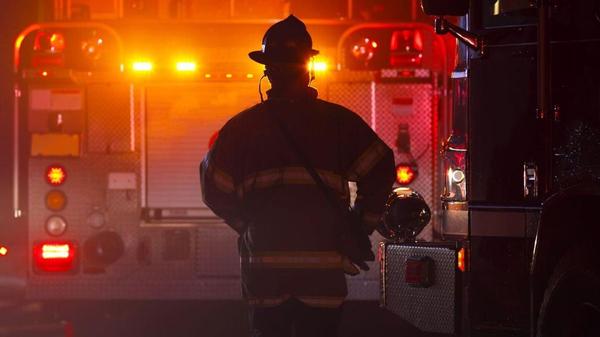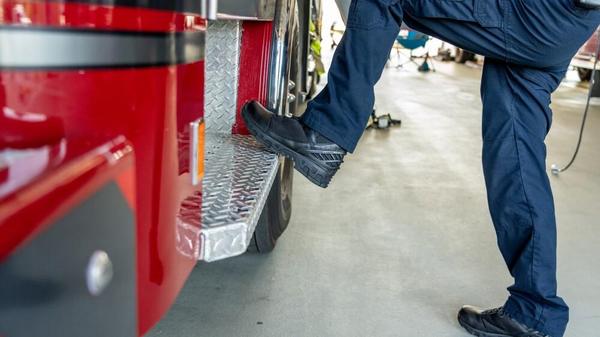‘You can’t save anybody if you don’t save yourself first’: 4 firefighter cancer stories
What’s it like to be a firefighter diagnosed with cancer? What are the thoughts and emotions that come with such significant news?Most of what we know about firefighters and their increased exposures to chemicals, chemical compounds and carcinogens, and elevated rates of certain cancers compared to the general population have come from research that focused almost exclusively on male firefighters.My wife was a breast cancer and lung cancer survivor, so I’ve seen up close the impact of cancer. Bu...
